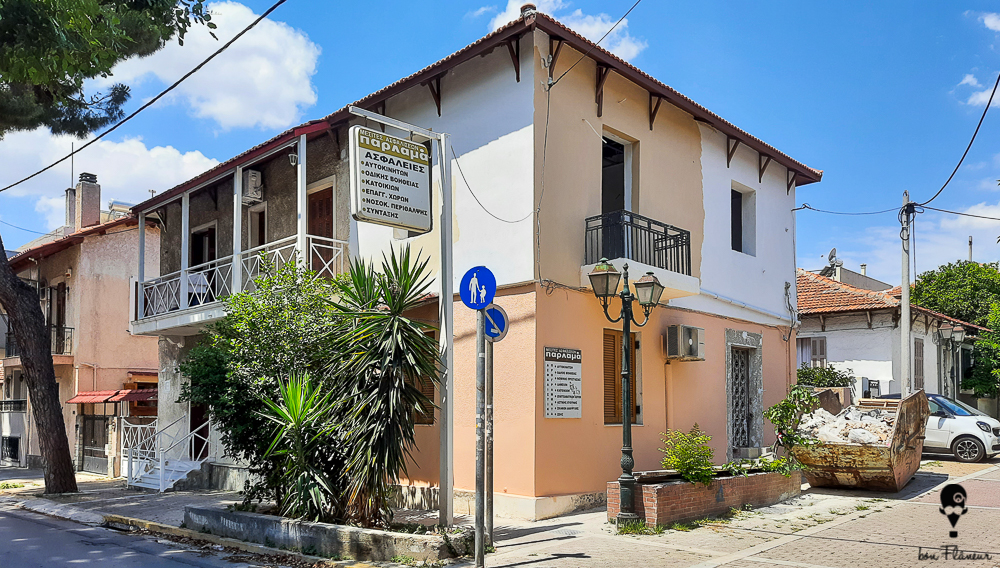Refugee Houses of Nea Philadelphia
The Nea Philadelphia refugee settlement housed fire victims and refugees from Asia Minor and has been listed as a traditional settlement.
Location
Timeline
Modern and Contemporary era (1821 - )
1923 Its construction began.
1926 Completed.
2001 Listed as traditional settlement.




Share